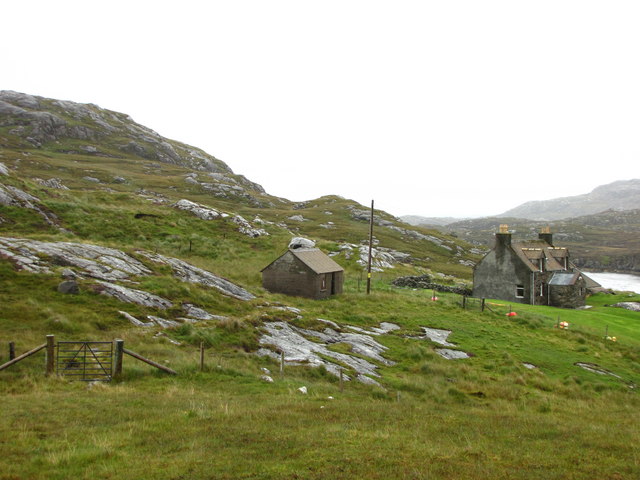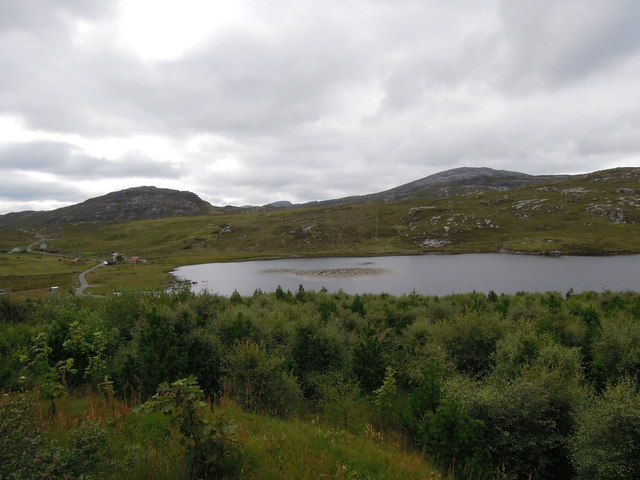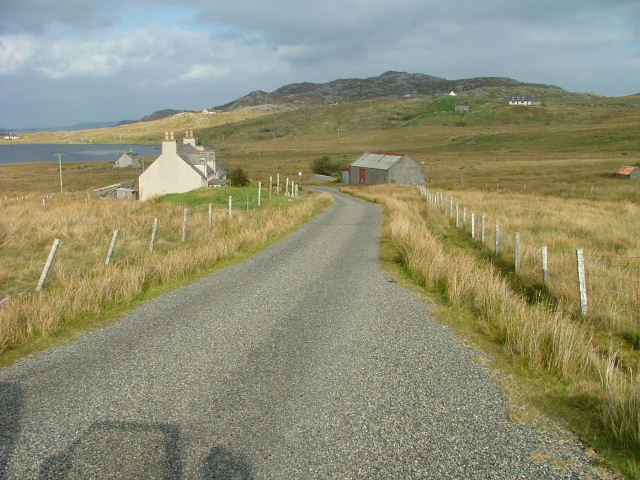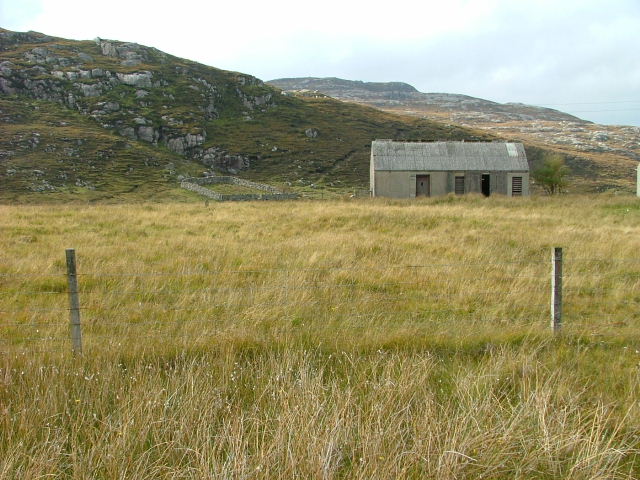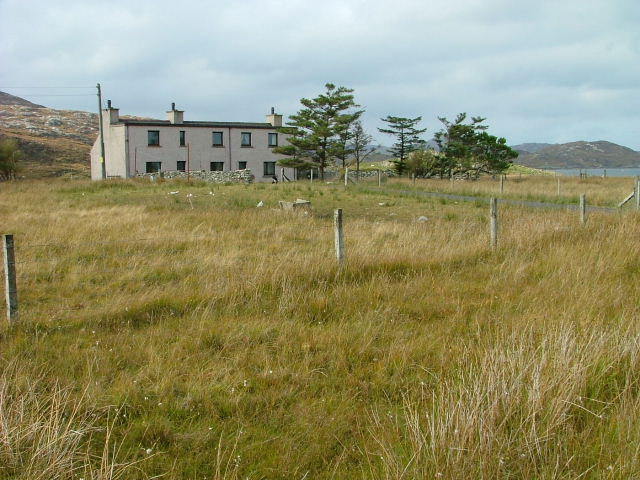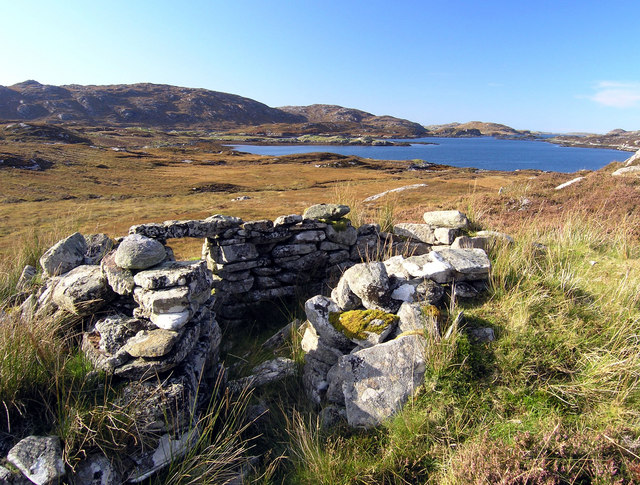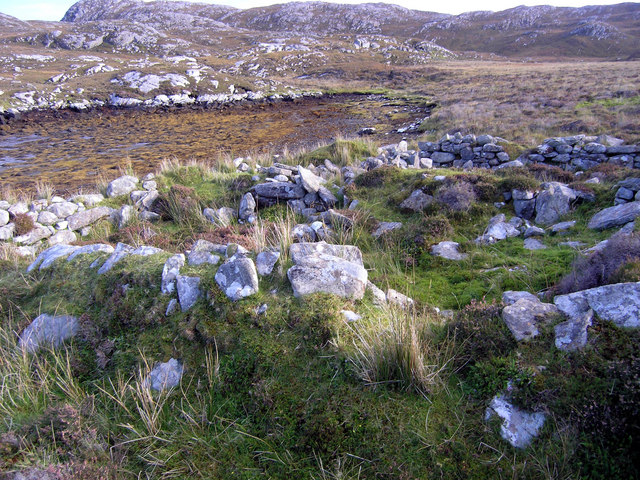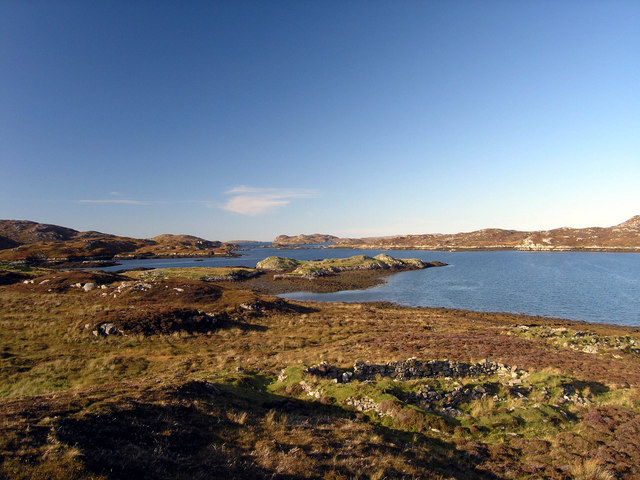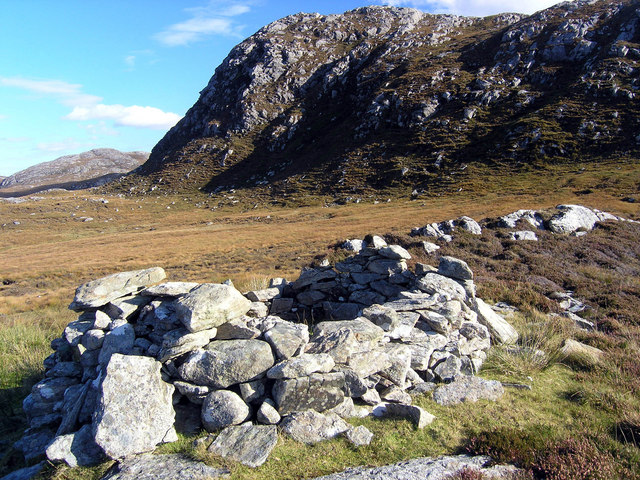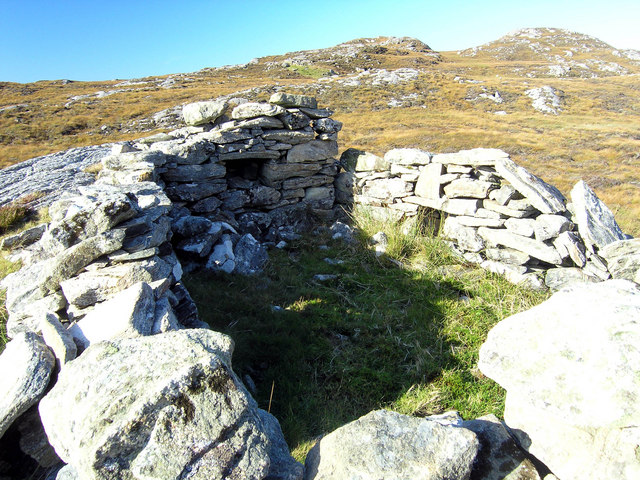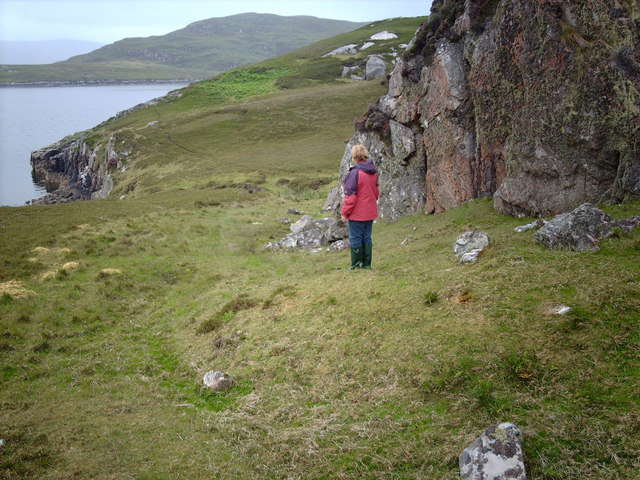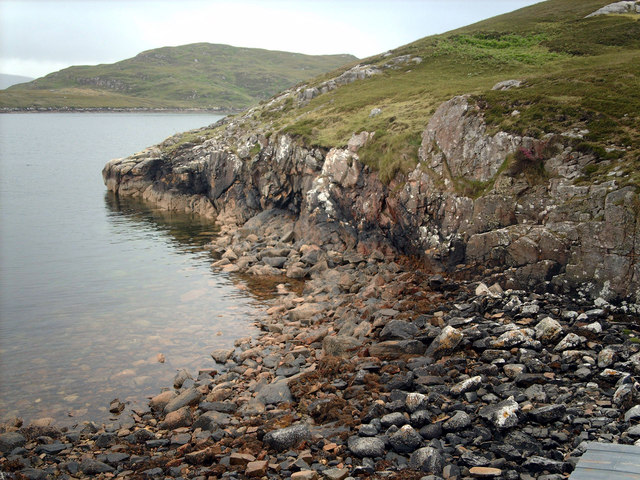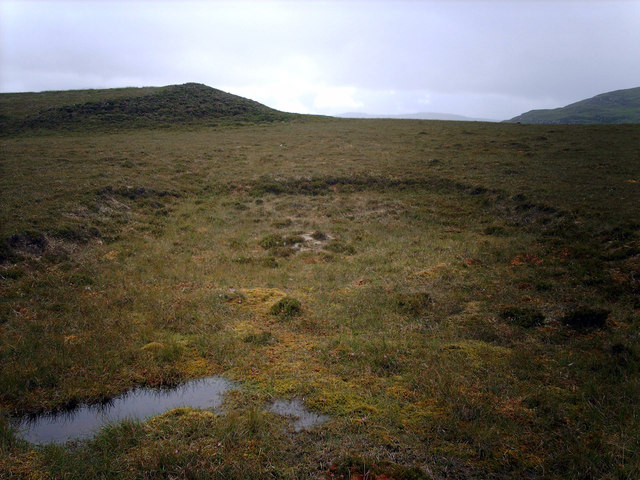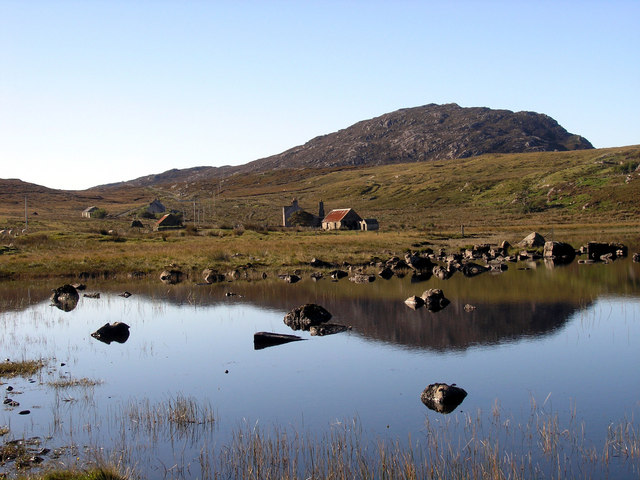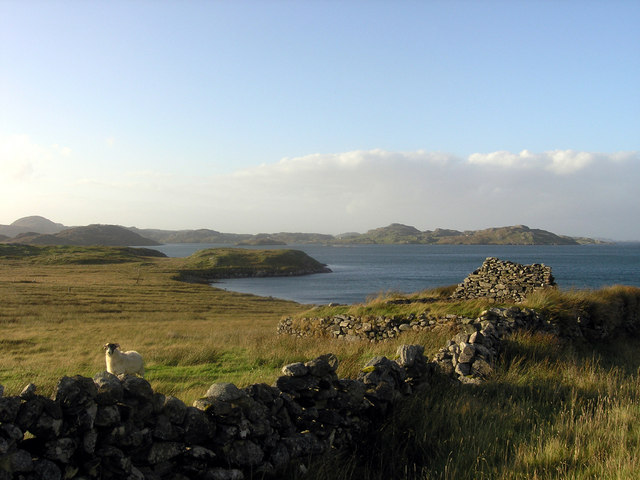Rubha Glas
Island in Ross-shire
Scotland
Rubha Glas
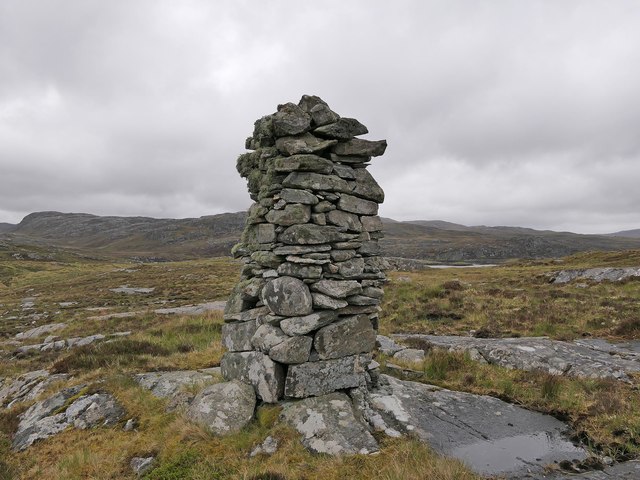
Rubha Glas, located in Ross-shire, Scotland, is a stunning island that offers a picturesque retreat for nature lovers. Situated on the west coast of Scotland, this small piece of land stretches out into the Atlantic Ocean, providing breathtaking views of the surrounding waters and dramatic cliffs.
The island is known for its rugged and wild beauty, with its rocky shoreline and diverse wildlife. It boasts an abundance of bird species, making it a popular spot for birdwatching enthusiasts. Visitors can spot majestic sea eagles, puffins, and various seabirds nesting on the cliffs.
Rubha Glas is also home to a historic lighthouse that was built in the 19th century. The lighthouse stands tall on the island's highest point, serving as a beacon of safety for passing ships. It offers visitors a chance to explore its fascinating architecture and learn about the maritime history of the area.
The island's rugged landscape is perfect for outdoor activities such as hiking and photography. There are several trails that wind through the island, providing breathtaking views of the coastline and surrounding waters. The secluded beaches and hidden coves offer a sense of tranquility and serenity, making it an ideal spot for those seeking solitude.
Although Rubha Glas is a remote and uninhabited island, it is accessible by boat or kayak, attracting adventurers and nature enthusiasts alike. It offers a unique opportunity to immerse oneself in the untouched beauty of the Scottish wilderness. With its stunning vistas, diverse wildlife, and rich history, Rubha Glas is a hidden gem waiting to be discovered by those seeking a true escape from everyday life.
If you have any feedback on the listing, please let us know in the comments section below.
Rubha Glas Images
Images are sourced within 2km of 58.179917/-6.882375 or Grid Reference NB1331. Thanks to Geograph Open Source API. All images are credited.

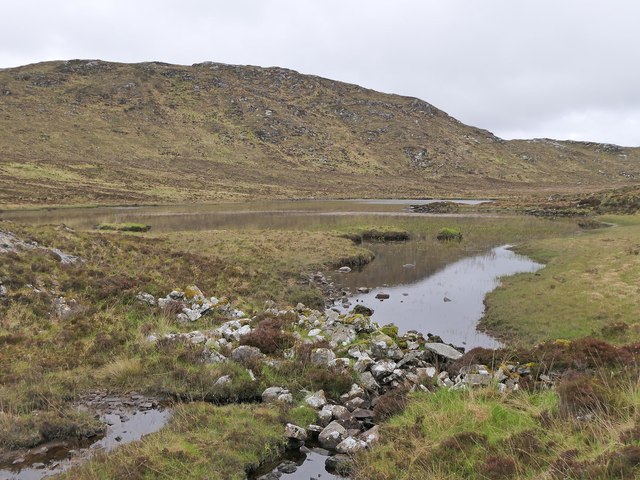
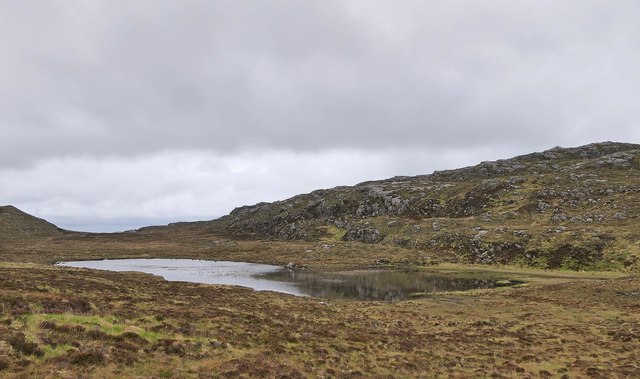
Rubha Glas is located at Grid Ref: NB1331 (Lat: 58.179917, Lng: -6.882375)
Unitary Authority: Na h-Eileanan an Iar
Police Authority: Highlands and Islands
What 3 Words
///subsets.cement.sheepish. Near Carloway, Na h-Eileanan Siar
Nearby Locations
Related Wikis
Fuaigh Beag
Fuaigh Beag or Vuia Be(a)g is an island in the Outer Hebrides. It is off the west coast of Lewis near Great Bernera in Loch Roag. Its name means "little...
Loch Ròg
Loch Ròg or Loch Roag is a large sea loch on the west coast of Lewis, Outer Hebrides. It is broadly divided into East Loch Roag and West Loch Roag with...
Flodaigh, Lewis
Flodaigh is a small island in Loch Roag on the west coast of Lewis in the Outer Hebrides of Scotland. It is about 33 hectares (82 acres) in extent and...
Fuaigh Mòr
Fuaigh Mòr (sometimes anglicised as Vuia Mor) is an island in the Outer Hebrides of Scotland. It is off the west coast of Lewis near Great Bernera in...
Have you been to Rubha Glas?
Leave your review of Rubha Glas below (or comments, questions and feedback).
